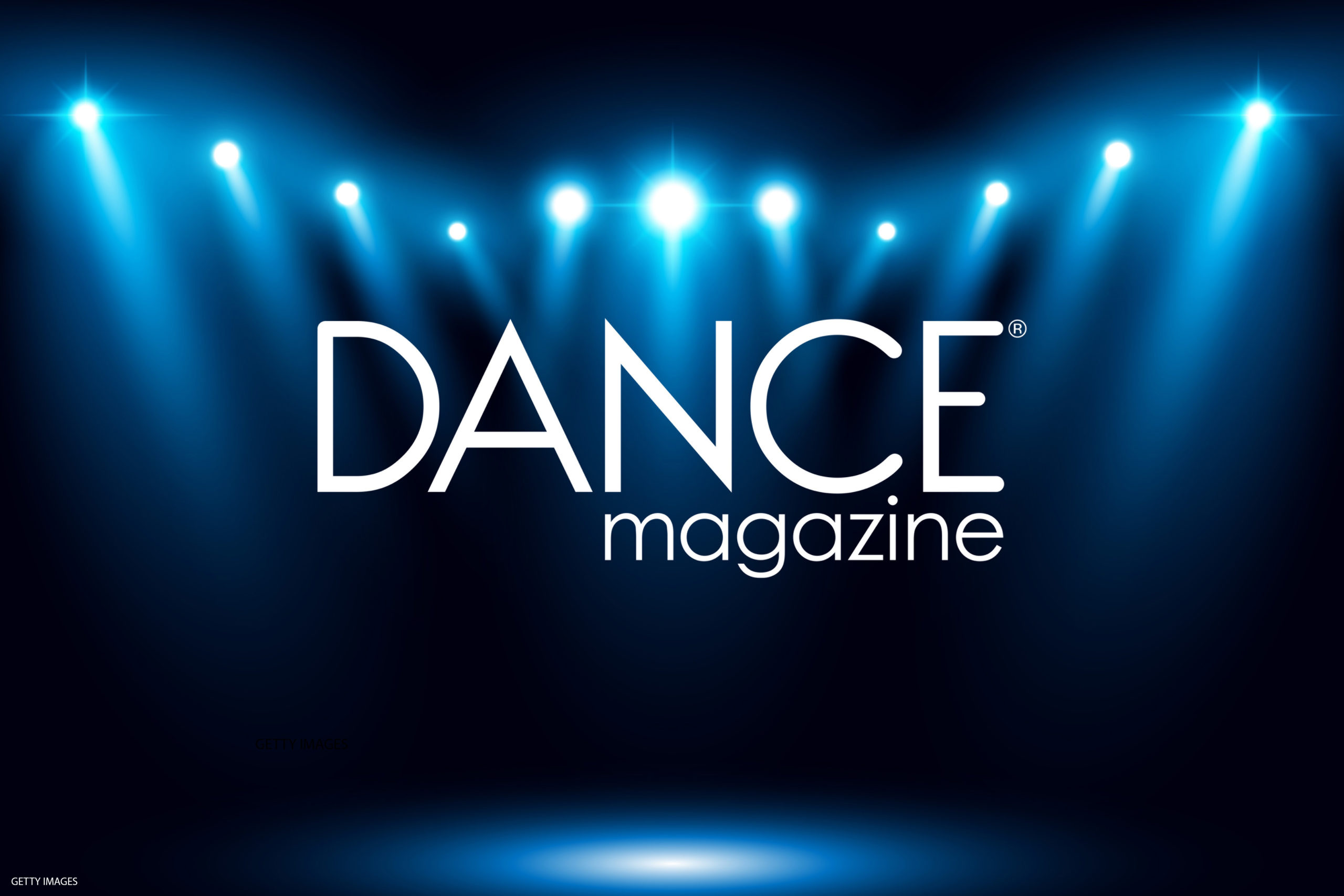Politeness: Is It Crucial to the Future of Ballet?
While Jennifer Homans has been mourning the
death of ballet, Crystal Pite’s new Dark Matters has been streaking across the international landscape. A monumental work that uses the ballet vocabulary as a basis, it tells a harrowing story of fearful shadows, human creativity, and willful destructiveness. Her craft is brilliant; the Kidd Pivot dancers’ virtuosity is astounding. Not Balanchine-type virtuosity with its the crisp footwork and open, long-lined upper bodies, nor the Petipa kind with its multiple pirouettes and bounding grand jetés. But a virtuosity of initiating movements from a precise place in the body and sending currents of energy that stop and start with thrilling complexity and daring. These movements correspond to the mercurial routes of human thought and emotion. The cumulative power of Dark Matters grabs you by the throat and won’t let you go. (I saw it this weekend at Peak Performances in Montclair, NJ.)
This kind of work is the descendent of classical ballet. Crystal Pite emerged from William Forsythe’s Ballett Frankfurt, where dancers learned to exaggerate the principles of classical épaulement while de-centering alignment. This is ballet today. Yes, it’s about fragmentation, as Homans suggests, but the most accomplished of these choreographers, like Forsythe and Pite, can corral such methods to serve the larger ideals of art:
to create a strange beauty that stimulate minds and hearts.
Forsythe and Pite are not alone. Here is a quick sampling of other recent ballets that speak to today’s audience:
Wheeldon’s
After the Rain duet (originally the second half of a 2005 sextet for New York City Ballet) challenges the ballerina to dance—and float— with pristine simplicity. Wendy Whelan is a sylph for the 21st century who draws us into a hushed, celestial reverie. At least four other ballet companies have taken After the Rain into their reps, signaling that it is by now a classic.
Jorma Elo’s
Slice to Sharp (2006), also for NYCB, delivers a shock of delight to audiences. The eight dancers tear through big, wheeling lifts and scissor-sharp leaps at top speed, with a sprinkle of odd little mimed gestures. It’s exhilarating to wtach.
Wayne McGregor’s
Chroma hit the public with the force of Balanchine’s Agon (1957) when it premiered at The Royal Ballet in 2006. It takes the long lines of ballet and pushes them to extremes, particularly during partnering, leaving you gasping at what’s possible. Talk about rigor and discipline!
Ratmansky’s
Seven Sonatas (2009) for American Ballet Theatre infuses the dancing of three couples with whiffs of romance. Exquisitely matched to the Scarlatti music, it touches us with hints of regret mingled with tenderness. Abundantly inventive, elegiac, and satisfying, it could be Ratmansky’s Dances at a Gathering.
Back to Wheeldon: His
In the Golden Hour (2008) for San Francisco Ballet is one of the most haunting ballets I’ve seen. It’s both melancholic and mesmerizing—the kind of ballet you want to see over and over.
And, a landmark in contemporary ballet, Forsythe’s
In the middle, somewhat elevated (1987), plays with the line between casual walking and full out, crash-landing dancing. With brazenly stretched legs, knotted spines, and otherworldly music by Thom Willems, the ballet sends us into a new, ultra contemporary planet of dance.
Sure, ballet can be “civilization” as Homan’s quotes Arlene Croce as saying. But it can be a lot of other things too. It can have a savage beauty as well as an ennobling beauty; it can be intimate as well as grand; it can have menacing male swans as well as fragile female swans.
In an excerpt from her upcoming book,
Apollo’s Angels, posted by The New Republic, Homans writes that ballet “is an etiquette as much as an art, layered with centuries of courtly conventions and codes of civility and politeness.”
Do those codes have be taken into the 21st-century ballet? Are the other arts forever saddled with such civility? Would we have the disorienting paintings of Picasso, the spiritual music of Philip Glass, or the gritty novels of Toni Morrison if they had all stuck by codes of etiquette from centuries ago?
This is an exciting time for ballet. But, while some choreographers are looking ahead, some critics are looking to the past. This is the natural order of things. Artists are always ahead of their watchers, always pushing the envelope. To the watchers, I say, If you’re looking for gold in a silver mine, you won’t see the silver.




